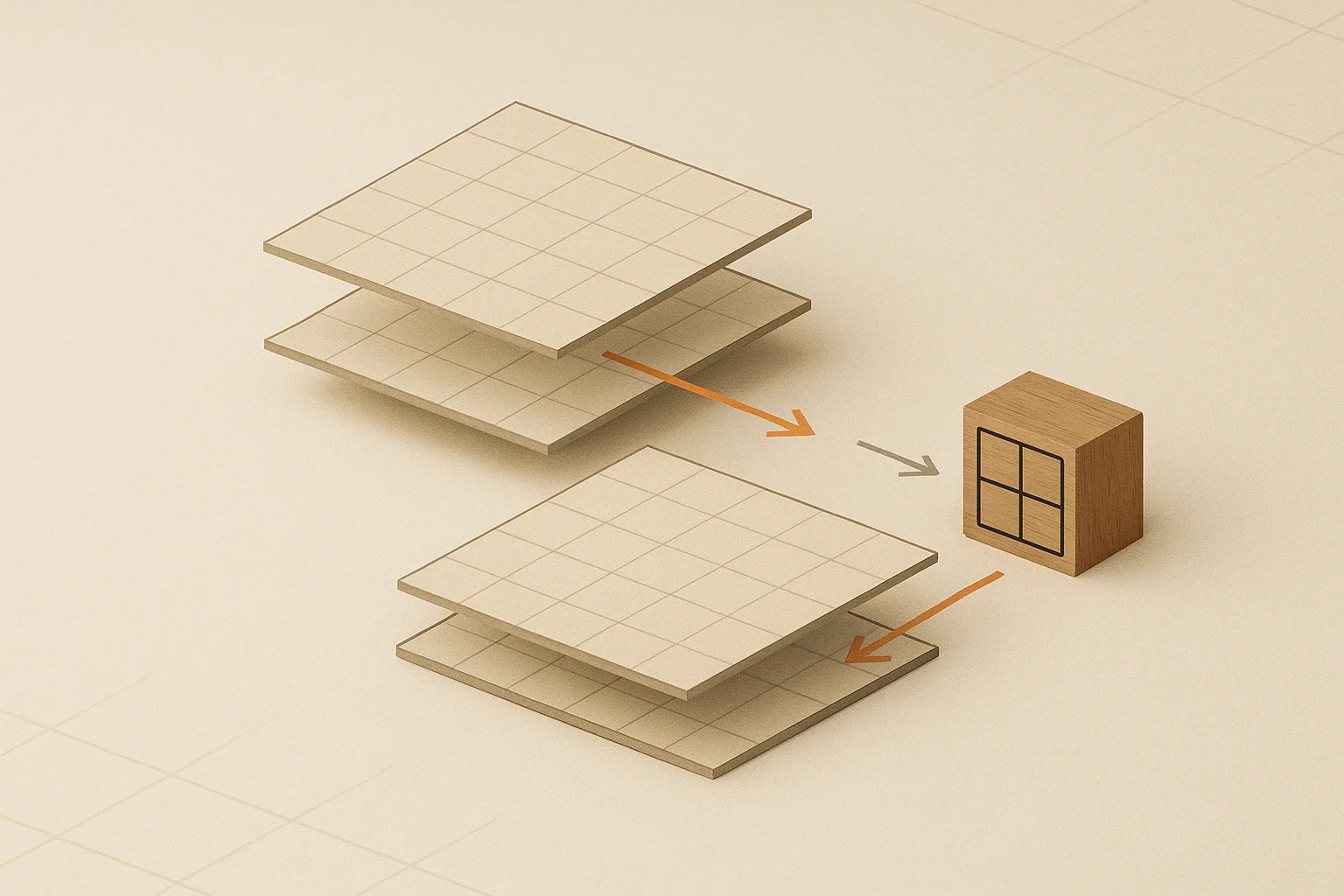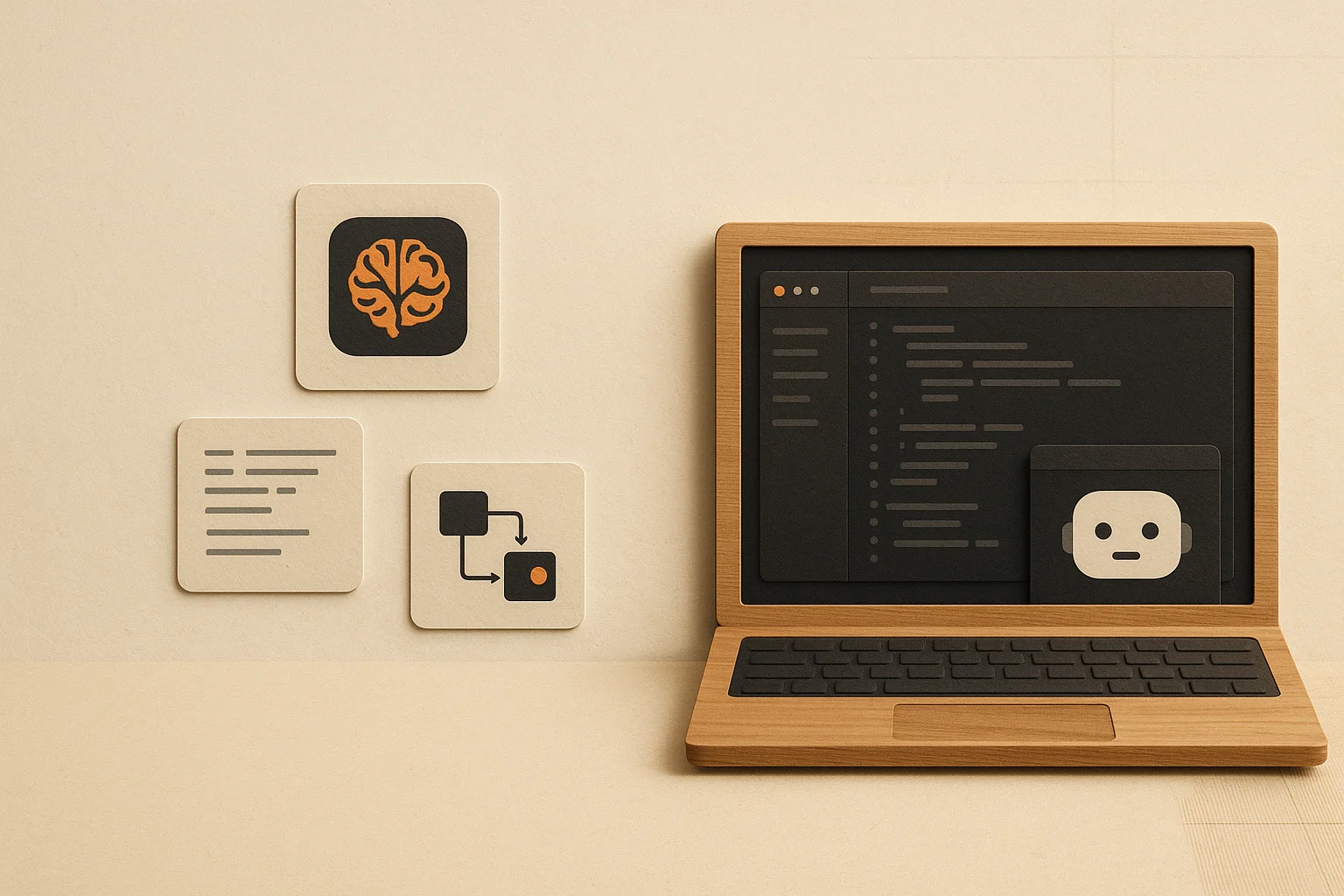Reverse Engineering FlashAttention-4: Why It Matters for AI Engineering Teams

Modal’s recent teardown of FlashAttention-4 is more than a fascinating kernel deep dive. It’s a roadmap for any engineering org that wants to squeeze more throughput out of modern GPUs without sacrificing latency or accuracy. This recap highlights what the Modal team discovered, why those design choices matter, and how you can apply the same playbook to your own AI products.
Key Takeaways
- FlashAttention-4 hides memory latency with a triple-buffer pipeline:overlapping loads, compute, and write-back lets the kernel keep tensor cores saturated even at large sequence lengths.
- Reverse engineering exposes the “why,” not just the “what”: seeing the register tiling, warp-group roles, and cp.async choreography helps platform teams evaluate vendor kernels and build custom ones when necessary.
- Understanding these kernels is now a leadership task: throughput, cost, and user experience all hinge on how well your stack leverages advances like FlashAttention-4.
What Modal uncovered in FlashAttention-4
FlashAttention-4 is the newest iteration of Tri Dao’s optimized attention kernel. Modal’s engineering team disassembled the CUDA binary, mapped out the PTX, and reconstructed how the kernel balances memory, math, and synchronization. A few design decisions stood out:
- Stage pipelines everywhere: the kernel runs a three-stage pipeline where cp.async asynchronously pulls query/key/value tiles from global memory, MMA instructions fire on tensor cores, and the epilogue writes partial results. Each warp group owns a specific stage, so the SM is never idle.
- Register-level tiling with on-the-fly normalization: rather than spilling to shared memory between softmax steps, FlashAttention-4 keeps partial sums in registers and uses warp shuffles to reduce. That keeps data close to compute and slashes global memory traffic.
- Conditional precision and mixed datatypes: the kernel adapts accumulator precision depending on sequence length and head dimension, using FP16/BF16 inputs with FP32 accumulators when necessary. Modal’s disassembly shows how the kernel chooses different PTX paths to stay numerically stable.
Why these tricks matter for your roadmap
These engineering moves translate directly into business outcomes. By overlapping memory and compute, FlashAttention-4 improves throughput per GPU and cuts inference latency—critical for real-time products. Keeping work inside registers prevents DRAM bottlenecks, which reduces power draw and infrastructure costs. And the focus on precision management keeps accuracy high even as teams crank up sequence length.
The lesson isn’t “everyone should rewrite attention kernels.” It’s that high-performing AI organizations treat GPU kernels as a first-class product surface. When you understand how kernels behave, you can make confident trade-offs in architecture reviews, capacity planning, and go-to-market timelines.
How to turn the insights into action
- Instrument your stack: collect actual kernel-level metrics—SM occupancy, achieved FLOPs, memory throughput. Tools like Nsight Compute and Triton profiler make it possible to see whether you’re bound by memory, math, or launch overhead.
- Benchmark against modern baselines: if you’re still shipping FlashAttention-2 or naive attention, run side-by-side benchmarks across representative sequence lengths. Even a 10–15% efficiency gain can unlock headroom for new features or larger models.
- Develop a kernel evaluation checklist: Modal’s analysis shows what to look for: pipeline depth, register usage, synchronization strategy, numerical behavior. Bake those into vendor reviews and internal design docs.
- Partner tightly with research teams: prompt engineers and model researchers often request longer context windows or speculative decoding. Knowing what your kernels can handle lets you deliver those features without exploding latency budgets.
- Create an upgrade plan: fold GPU kernel upgrades into your quarterly planning instead of treating them as emergency fixes. The same operational muscle that manages database migrations should manage CUDA upgrades.
Where Propel fits
Propel helps teams operationalize these insights. We benchmark your existing workloads, surface hot kernels, and monitor regression risk when you roll out upgrades. Our diff-aware analytics highlight how changes—whether it’s a new FlashAttention release or a custom block-sparse kernel— impact latency, cost, and quality.
Pair this article with ourGPT-5 benchmarking guideand theAI review improvement checklistto build a holistic performance playbook.
Frequently asked questions
Do I need to rebuild FlashAttention myself?
Usually not. But you do need to understand the constraints so you can choose the right kernels and configuration. Reverse engineering work like Modal’s lets you evaluate whether a vendor release is safe to adopt and what gains to expect.
How do I know if my workloads benefit from FA-4?
Look at sequence length, batch size, and head dimension. FlashAttention-4 shines when contexts are long or batch sizes are large enough to fill the GPU. Profiling your current runs will show whether attention is the dominant cost.
What if we’re on CPUs or older GPUs?
The principles still apply: overlap memory and compute, keep data close to execution units, and watch numerical precision. You might not get the exact FlashAttention-4 gains, but understanding the architecture helps you tune whatever hardware you deploy.
Ready to bring FlashAttention-grade efficiency to your AI stack? Propel gives you benchmarking harnesses, regression monitoring, and workflow automation so you can upgrade kernels with confidence.
Ship GPU-Efficient AI with Propel
Propel instruments your AI stack, benchmarks kernels like FlashAttention, and keeps infra teams ahead of model releases.


